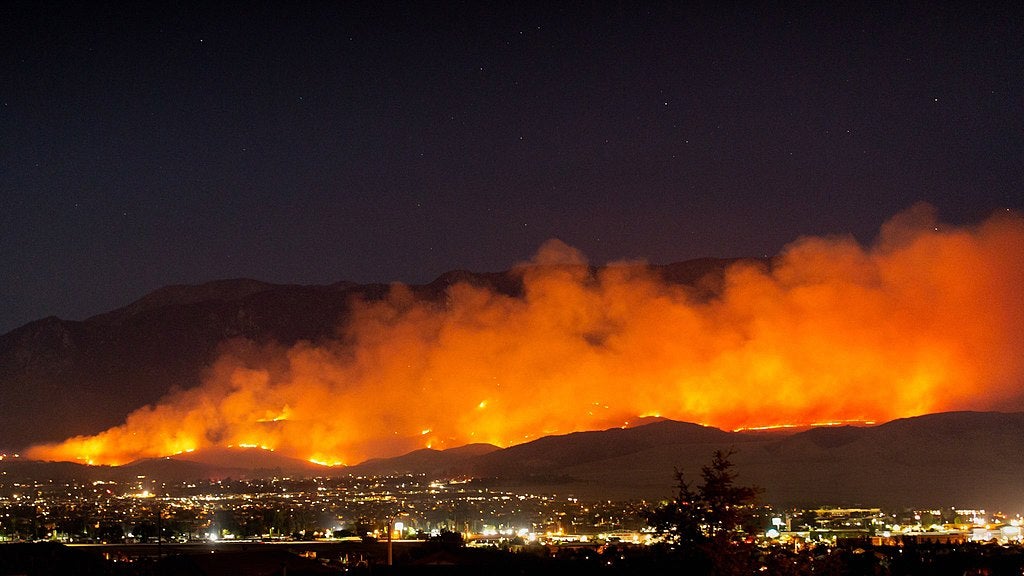
A wildfire in California, 2021
The U.S. government recently released the Fifth National Climate Assessment, a comprehensive report that shows the harmful impacts of extreme weather and other climate hazards are increasing for people across the United States.
The Fifth National Climate Assessment confirms messages in previous reports but brings the details into sharper focus for U.S. regions.
Climate change is increasingly expensive. The direct cost of exacerbated disasters costs the country a whopping $150 billion a year. But there are additional costs as well, including missed workdays from wildfires and heat when the air is so unhealthy that it is too dangerous to work outside.
Scientists can now confidently attribute worsening extreme weather in the U.S. to climate change, including heatwaves, droughts, heavy downpours like those that caused dangerous flooding in New York City in September, and the deadly wildfires in Hawaii and the West.
Unequal burden
Climate change touches everyone and every region of the U.S. yet threatens every community uniquely. For example, the discriminatory government practice of redlining, which labeled many areas where Black residents lived as too risky for investment, led to communities that are consistently hotter than others because they lack green spaces.
The Climate Vulnerability Index, which EDF created with Texas A&M University, shows what is driving vulnerability in communities across the U.S. – including high exposure to harmful pollutants like soot and inadequate access to fresh, nutritious food.
Resilience isn’t one-size-fits-all. As the National Climate Assessment gives government officials more information, the Climate Vulnerability Index can support communities that want, and need, a real seat at the table in the decision-making process. That can help ensure climate solutions are co-created locally for the most direct and lasting benefits.
Benefits of action
Each increment of avoided warming reduces the risks and harmful impacts of climate change as well as further unforeseen consequences. Climate action is also an opportunity to create a more resilient and just nation.
President Biden’s clean energy plan provides needed tools for communities, companies and governments at all levels to accelerate this transition and implement changes at the scale of the crises we face. The Fifth National Climate Assessment shows that available mitigation strategies, including those incentivized in the Inflation Reduction Act and the Bipartisan Infrastructure Law, can deliver substantial emissions reductions.
Still, additional efforts are needed to reach net-zero emissions. Most importantly, the degree to which climate change will continue to worsen largely depends on decisions taken now – by us.
For more on how we can make a real impact on climate change in the future, see our video.









